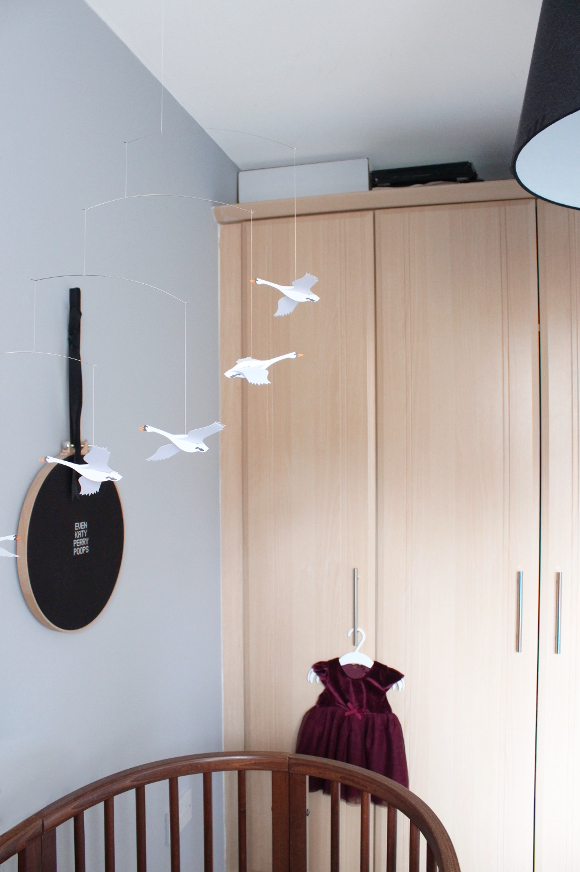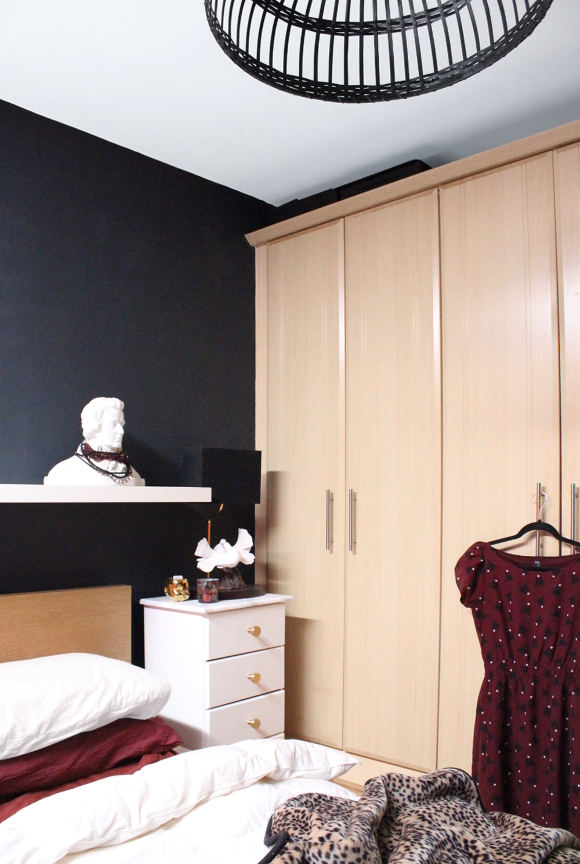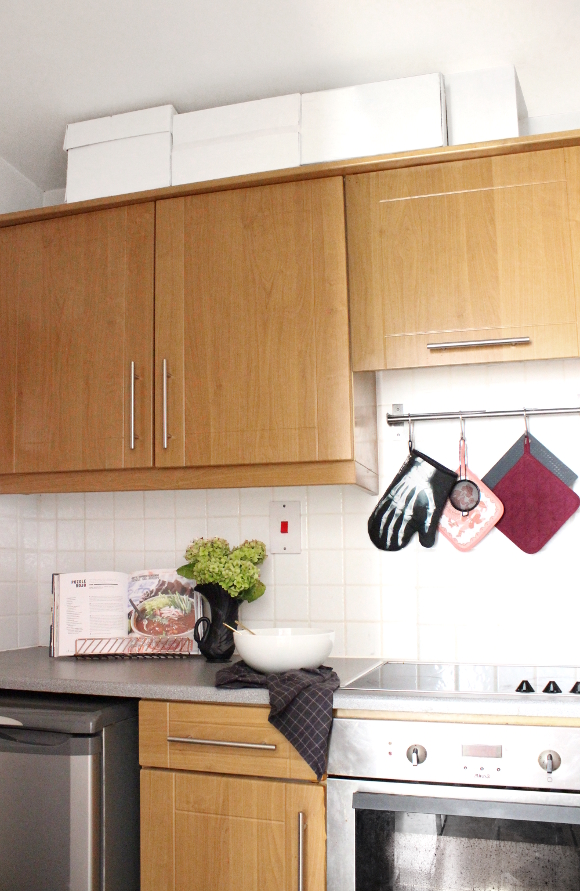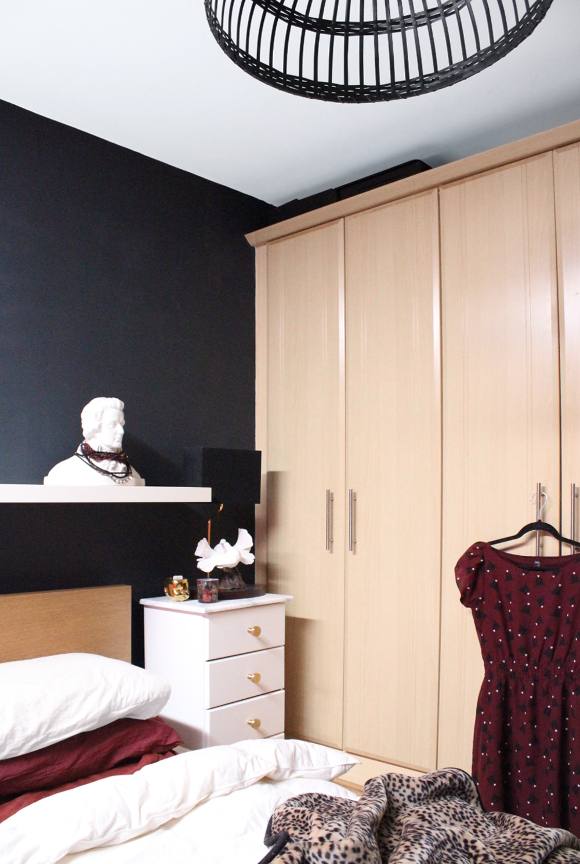
If you’ve ever rented in Dublin [or Ireland], chances are, you moved into a furnished apartment or house. This will sound strange if you live somewhere where apartments and houses come unfurnished as standard, but here in Ireland, when you move into an apartment you acquire a lot more than just a lease. An apartment can come with furniture, accessories, knick-knacks, and depending on your landlord, a spectrum of interesting things.
Our current apartment came with a lot, most of which we found we wouldn’t need. Knowing what to do with our landlord’s things took some planning, so I figured if I had this problem, there might be other people out there in the same situation. There were things like vases, framed prints, photographs, pottery sets, curtains, objet d’ art and kitchen accessories that either weren’t to our taste or we didn’t need, so I carefully packed them away for storing. As the years went on, there were larger things we didn’t need either [a shelving unit and a double bed], so I spent some time planning how to store it all. Our apartment has very limited storage, so I looked to the unused areas of our home to store our landlord’s stuff …
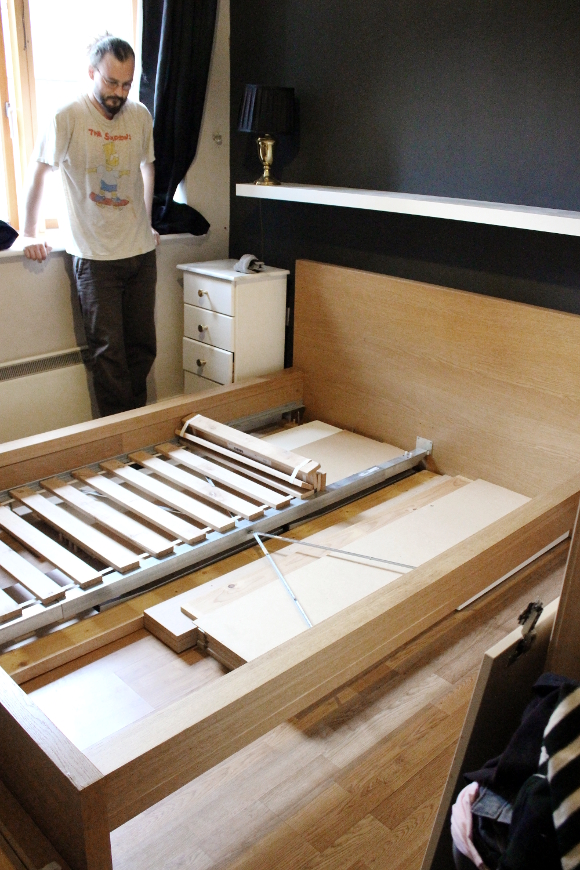
TIP! If you don’t have instructions for a piece of furniture, photograph each step as you disassemble it so later when you reassemble the piece, you can look back at your photos and can be put it back together in the right order.
The top of the wardrobes in our bedroom and in Cora’s nursery took a lot of secret storage. It’s only when you stand at the far side of each room and look directly at them that you can see there’s stuff up there. I managed to hide quite a lot above each cupboard. There’s everything from pots and pans to mirrors carefully wrapped in newspaper to a samurai sword.
TIP! Make a list of what is in each box so if you need to find something quickly, you know exactly where it is.
Above the cabinets in the kitchen was another great place to store things. I took empty printer paper boxes, painted them white [this was during my nesting period], and was able to carefully store quite a lot. The boxes seem pretty obvious in these pictures, but our kitchen is very small [and DARK and impossible to photograph], so from the living room you don’t see these boxes as there’s a wall between the kitchen and living room, except for the door opening.
This has been another one of those blog posts where I’ve thought, people are going to think I’ve lost my mind because this is boring as hell, but I always find if I have a problem like this, there are other people too with it. Knowing what to do with your landlord’s extra stuff can be overwhelming, but all it takes is planning and a bit of creativity!





